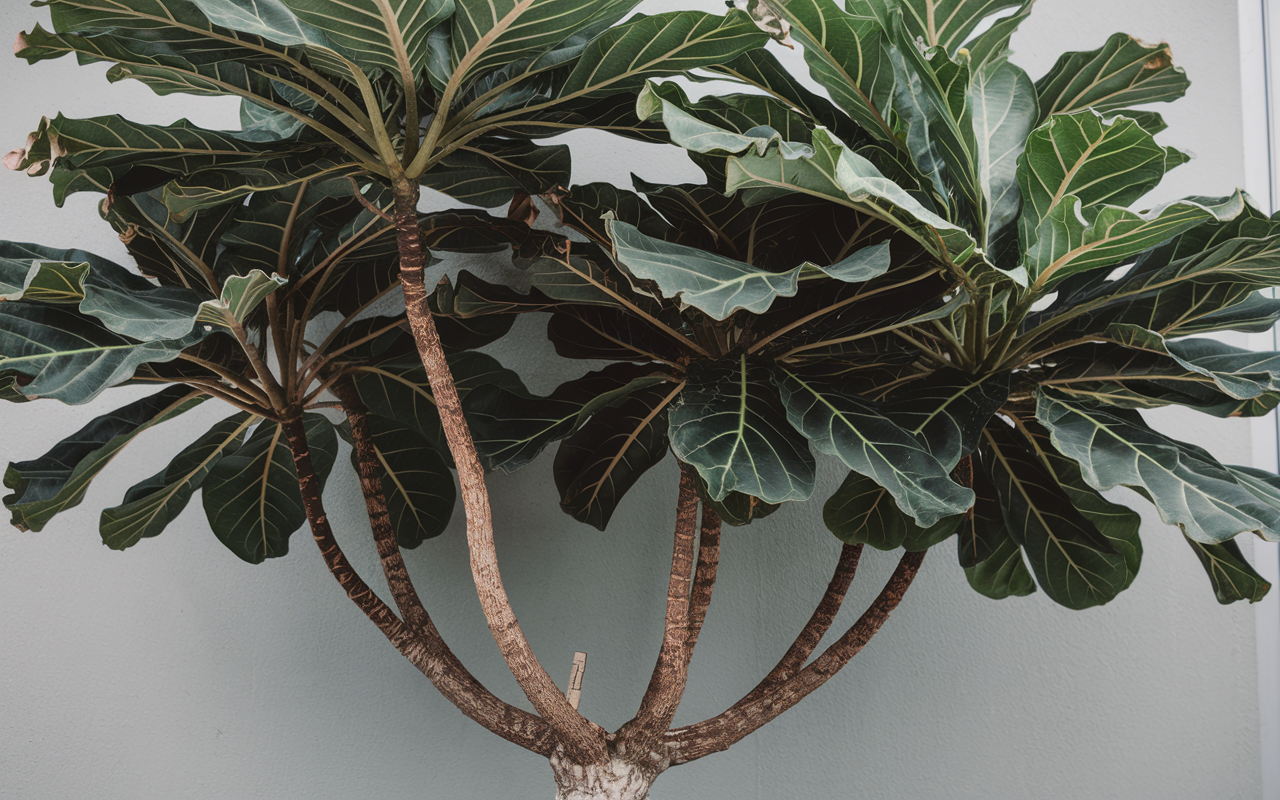Introduction
When discussing the Schefflera plant, a fascinating question arises: Is a Schefflera a monocot or dicot? It is essential to understand the fundamental differences between monocots and dicots, as these classifications help define the structural and botanical identity of plants. The Schefflera genus, which belongs to the Araliaceae family, includes several popular houseplants admired for their aesthetic appeal and ease of care. Let’s explore its characteristics in depth to determine whether it fits the monocot or dicot category.
Understanding Monocots and Dicots
To determine whether a Schefflera is a monocot or dicot, we first need a clear understanding of these two classifications. Monocots and dicots are the two primary subclasses of angiosperms, which are flowering plants. This division is based on several structural features that emerge during a plant’s development:
- Seed Structure: Monocots have a single cotyledon (seed leaf), whereas dicots possess two cotyledons.
- Leaf Veins: Monocots exhibit parallel leaf venation, while dicots show a net-like, reticulate pattern.
- Flower Parts: Monocots typically have floral parts in multiples of three, whereas dicots have floral parts in fours or fives.
- Stem Anatomy: In monocots, vascular bundles are scattered throughout the stem, while in dicots, they are arranged in a ring.
- Root Systems: Monocots generally have fibrous roots, while dicots develop a taproot system.
By analyzing these traits in the context of the Schefflera plant, we can definitively answer the question: Is a Schefflera a monocot or a dicot?

Schefflera’s Botanical Classification
Schefflera plants are dicots. This conclusion is based on their structural and physiological characteristics, which align with those of dicots rather than monocots. Below, we will delve into the reasons why this classification holds.
Seed Structure of Schefflera
The first clue to answering the question is a Schefflera, a monocot or dicot that lies in its seed structure. As a dicot, Schefflera seeds contain two cotyledons. These cotyledons are evident during germination, where they provide nutrients to the developing seedling. This feature sets Schefflera apart from monocots, which only have one seed leaf.
Leaf Vein Patterns in Schefflera
Another distinguishing feature of dicots is their leaf venation pattern. Schefflera leaves exhibit a reticulate, net-like vein arrangement. It contrasts with the parallel veins seen in monocots such as grasses or lilies. When you closely observe a Schefflera leaf, you will notice the intricate web of interconnected veins, further solidifying its place as a dicot.
Flower Structure of Schefflera
Although Schefflera plants are primarily grown for their foliage, they do produce flowers under the right conditions. The flowers of a Schefflera plant typically have parts arranged in multiples of four or five, a hallmark characteristic of dicots. This floral arrangement helps reinforce the conclusion to the question: Is a Schefflera a monocot or a dicot?

Vascular Bundle Arrangement in Schefflera
Examining the vascular bundle arrangement in the stem is another way to determine whether a plant is a monocot or dicot. In Schefflera plants, the vascular bundles are organized in a ring. This arrangement is typical of dicots and differs significantly from the scattered pattern found in monocots. This feature provides yet another affirmative answer to whether a Schefflera is a monocot or dicot.
Root System in Schefflera Plants
The root system of Schefflera plants further supports their classification as dicots. Schefflera plants develop a primary taproot that grows deep into the soil, with smaller lateral roots branching off from it. It contrasts with the fibrous root system of monocots, where roots are thin and spread horizontally. The presence of a taproot system is a definitive trait of dicots, confirming that Schefflera belongs to this group.
Why the Classification Matters
Understanding whether a Schefflera is a monocot or dicot has practical implications for both gardeners and botanists. From a horticultural perspective, recognizing that Schefflera plants are dicots can help inform proper care and propagation techniques. For instance, knowing that Schefflera plants have a taproot system can guide decisions about soil depth and watering practices.
From a scientific standpoint, the classification provides insight into the plant’s evolutionary lineage and relationships with other species. Dicots, including Schefflera, tend to have more diverse forms and adaptations compared to monocots. This diversity is evident in the wide range of species within the Schefflera genus, which includes both large trees and smaller shrubs.

Common Misconceptions
Despite the clear evidence supporting Schefflera’s classification as a dicot, some misconceptions persist. One reason for confusion might be the plant’s tropical origins and its aesthetic similarity to some monocot plants like palms. However, a closer examination of its structural features dispels any doubts about whether a Schefflera is a monocot or dicot.
Cultivating Schefflera: Tips for Success
Understanding Schefflera’s dicot classification can enhance your approach to cultivating this plant. Since it develops a taproot, ensure that the soil is deep and well-draining to accommodate its root system. Additionally, Schefflera plants thrive in bright, indirect light and require moderate watering to avoid over-saturation of the roots. By paying attention to these needs, you can keep your Schefflera healthy and vibrant.
Conclusion
So, is a Schefflera a monocot or dicot? The answer is clear: Schefflera plants are dicots. From their seed structure and leaf venation to their root system and vascular bundle arrangement, every aspect of their biology aligns with the characteristics of dicots. Understanding this classification not only enriches our botanical knowledge but also informs practical care for these beloved houseplants. Whether you’re a seasoned gardener or a curious plant enthusiast, recognizing Schefflera’s place among dicots allows you to appreciate its unique features and care for it effectively.
Read More: Kwee Hard-Wired Makeup Mirror

